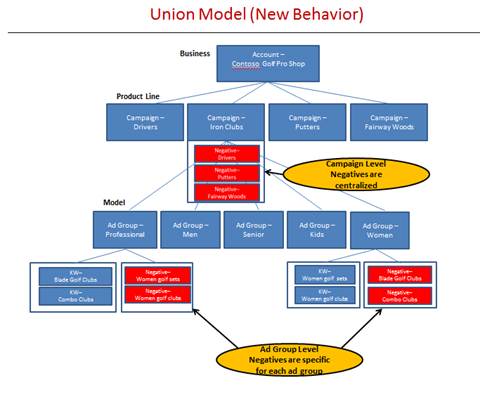Microsoft adCenter Re-Intros Yahoo Rich Ads, Tweaks Negative Keywords And Landing Page Functionality
Microsoft Advertising seems to be introducing a new feature a day, these days. Some of the more interesting: the re-introduction of Yahoo Rich Ads In Search (RAIS), changes to negative keyword behavior and the ability to pick specific landing pages per match type. The re-introduction of Yahoo RAIS, mentioned by both Portent and Rimm-Kaufman Group, […]
Microsoft Advertising seems to be introducing a new feature a day, these days. Some of the more interesting: the re-introduction of Yahoo Rich Ads In Search (RAIS), changes to negative keyword behavior and the ability to pick specific landing pages per match type.
The re-introduction of Yahoo RAIS, mentioned by both Portent and Rimm-Kaufman Group, appears to be Microsoft’s answer to Google’s sitelinks extensions and product listing ads. It came out of pilot in October and is currently being offered to premium advertisers for their brand and navigational terms.
RAIS offers five different types of layouts. Two consist of an image, a favicon, deeplinks and a text entry box. The next two include a video thumbnail which expands and plays a video on click, a favicon, deeplinks and a text entry box. The text entry box can be customized and used to search the advertiser’s website — a user could enter a zip code and be taken to a page for the nearest location, for example. The fifth layout is aimed at pharmaceutical advertisers and complies with Food and Drug Administration guidelines, including all the required information.
The RAIS keywords are subject to approval, so advertisers must work with their account managers on that part of the process. Once the terms are approved, the account is enabled for RAIS features. Ad creation for RAIS must occur in the adCenter Web UI, as it’s currently not supported in the API or desktop client. When advertisers create a new ad group for RAIS, creating a Rich Ad may be selected as an option.
So far, Microsoft says CPC prices tend to be similar to text ads, while click-through rates are higher, because the advertiser controls a good portion of the real estate.
In addition to the RAIS functionality, Microsoft has now tweaked how it handles negative keywords. Now, negative keywords at the campaign and ad group level will now be combined to filter traffic together. In the past, negative keywords at the ad group level would over-ride those at the campaign level.
Finally, Microsoft is now rolling out a feature that lets advertisers use unique landing page URLs for each keyword match type that they’re bidding on.
The new feature will be available beginning this week within the adCenter UI and the adCenter desktop application. Advertisers will get an email at least a week before the functionality is rolled out to their accounts, and during the time their accounts are being enabled, they may not be able to make updates for up to 12 hours.
Related stories
